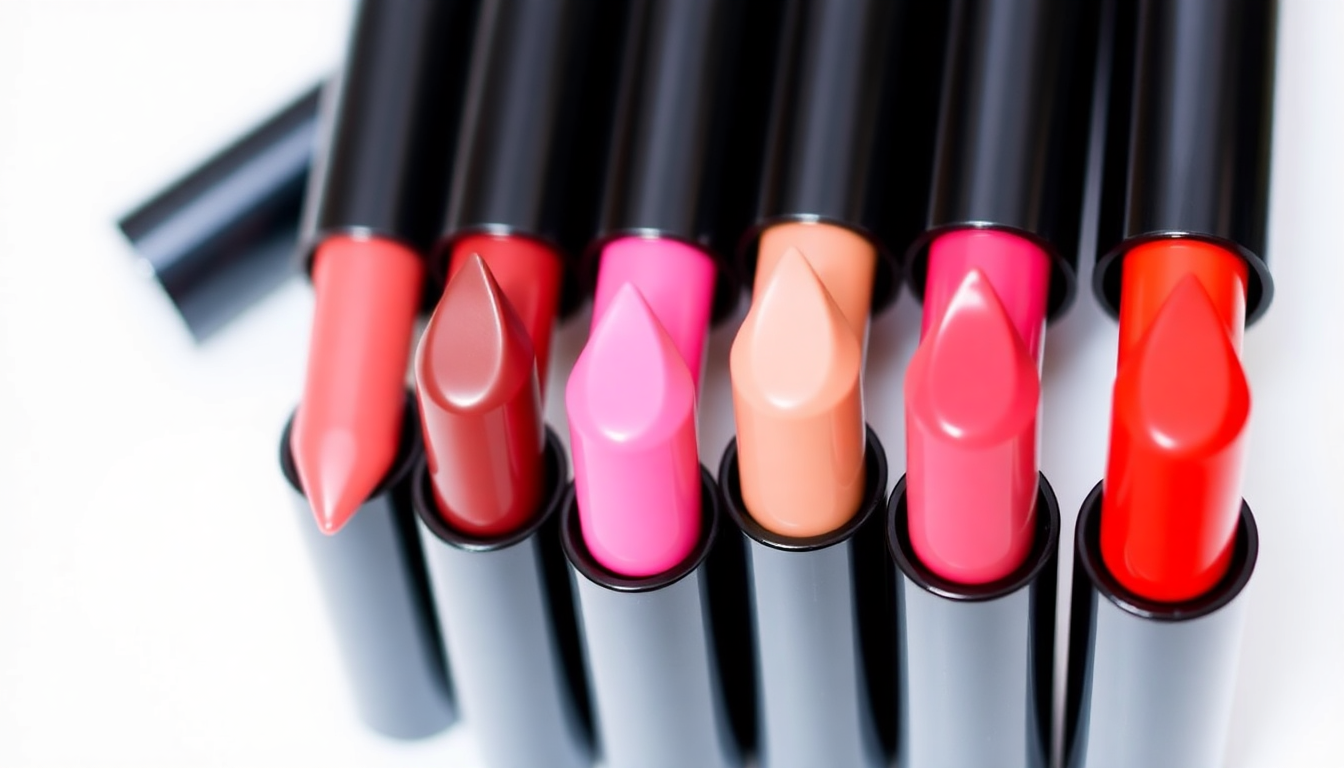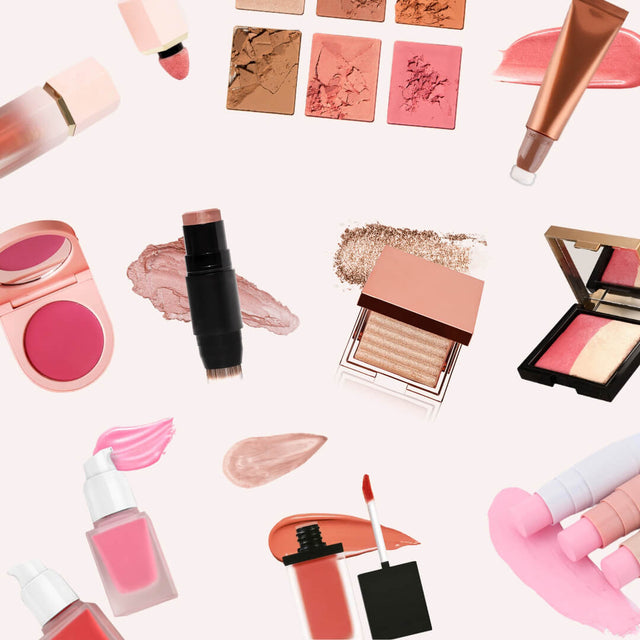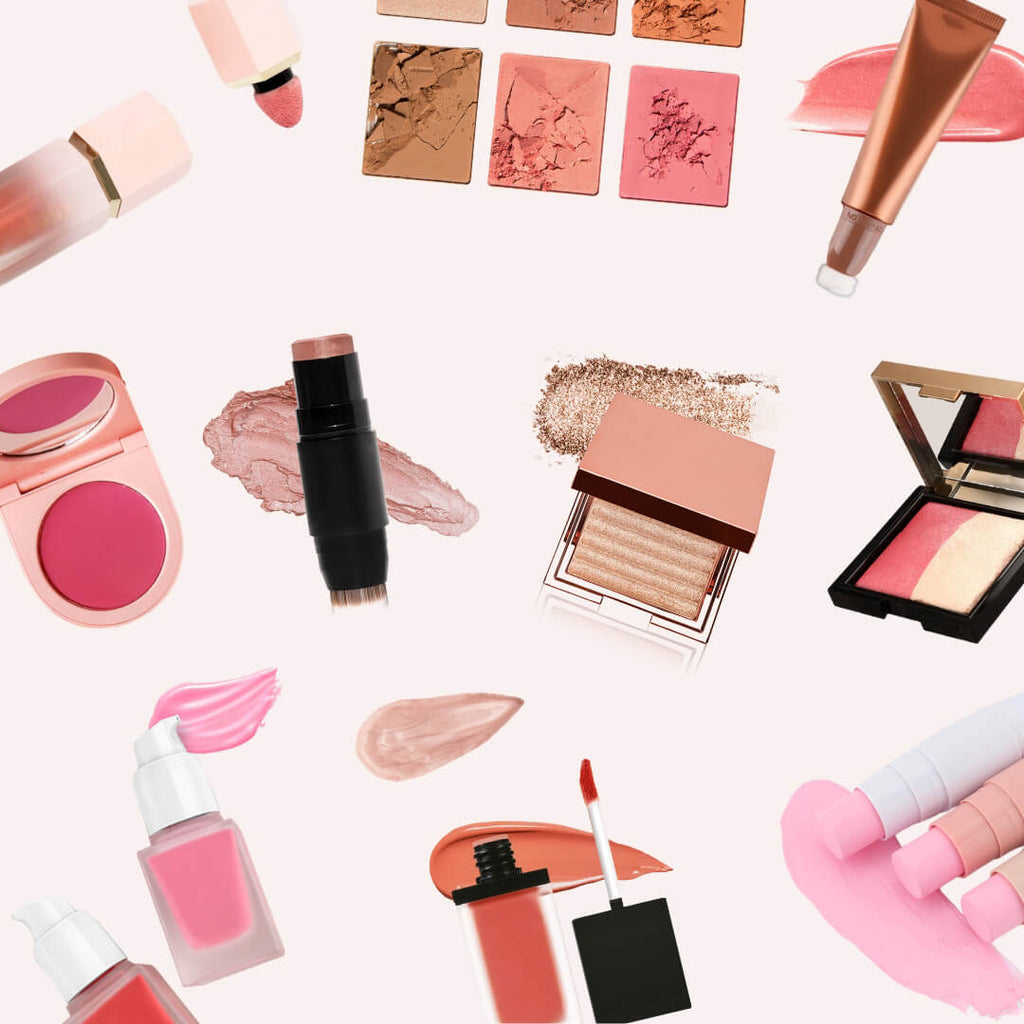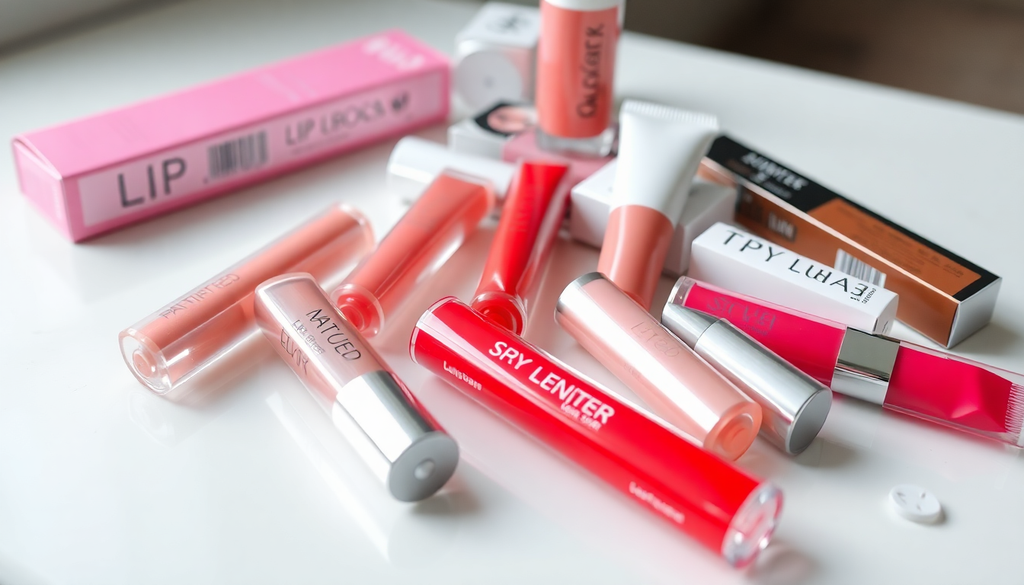
Build a Capsule Lip Crayon Collection: A Private‑Label Guide to Vegan Formulas, Low‑MOQ Sourcing & 5‑Shade Merchandising
Ultimate Guide to Launching a Private Label Lip Crayon Line
Lip crayons are one of the most accessible, versatile private label products for first-time beauty founders. They combine the ease of application of a gloss, the pigment payoff of a lipstick, and the portability consumers love — all while allowing you to position the brand as vegan, clean, and sustainably packaged. This expanded guide gives you actionable steps, manufacturer insights, and merchandising strategy to help you launch a profitable 5-shade capsule collection.
Why Lip Crayons Are the Smart Launch Product in 2024–2025 (Market Signals)
- Niche-to-mainstream shift: industry trackers (e.g., NPD Group) reported growing consumer interest in multifunctional color products in early 2024, as shoppers prioritised convenience and value.
- Vegan and cruelty-free momentum: searches and purchases for vegan lip product options steadily increased across major markets in 2023–2024 (source: market intelligence platforms and retailer reports).
- Smaller MOQs and more agile private-label manufacturers have lowered the entry barrier, creating more opportunities for indie brands to test capsule assortments without large upfront inventory commitments.
Key takeaway: Lip crayons sit at the intersection of convenience, clean beauty, and cost-effective production — ideal for founders with limited budgets and big creative ambitions.
Step 1: Formula Foundations — What Beginners MUST Know
Start with a simple, robust vegan formula that passes stability, color, and safety tests. Prioritize sensory (slip, glide), performance (transfer, wear), and certification-readiness (vegan, cruelty-free).
Essential ingredient map
- Carrier oils: castor oil (for sheen and pigment suspension), jojoba or fractionated coconut for feel.
- Vegan waxes: candelilla and carnauba to replace beeswax and provide structure for retractable mechanisms.
- Butters & emollients: refined shea, mango butter (small %) for moisturizing without greasiness.
- Emollient esters: isopropyl myristate or coco-caprylate to reduce tack and improve spread.
- Pigments: FDA-approved iron oxides and cosmetic lakes; for brighter shades, use pre-dispersed pigments to ensure uniformity.
- Antioxidants and preservatives: vitamin E (tocopherol) and a gentle preservative system suitable for low water formulations.
Formulation best practices (actionable checklist)
- Ask for sample formulas and request safety/COA documentation for all raw materials.
- Test pigment loading in small batches to balance payoff vs. texture.
- Run a 3-cycle temperature stability test and a 3-month accelerated aging test before scaling.
- Confirm vegan and cruelty-free supplier declarations if you plan to market those claims.
Never skip stability testing! If your crayon softens in transit or bleeds in packaging, returns and reputation damage can wipe out early gains.
Step 2: Packaging That Sells — From Budget to Premium
Packaging defines perceived value. Decide early if your brand is budget-friendly, mid-market, or premium — it will affect MOQ, tooling, and unit economics.
Packaging options & cost guide
- Basic retractable plastic body: lowest cost (often under $0.80/unit when ordered in larger runs), fast turnaround, good for testing.
- Aluminum or metal-look bodies: mid-tier perceived value and durability; price typically $0.80–$1.80/unit depending on finish and MOQ.
- Premium options: metal components, magnetic caps, or biodegradable composite bodies — higher cost and tooling but boost margin and brand story.
- Sustainable alternatives: sugarcane PCR plastics or recycled aluminum; expect higher MOQ or unit cost but stronger sustainability claims.
Packaging checklist (actionable)
- Verify compatibility of your formula with the mechanism (twist vs. pull) — some waxier formulas can jam twist systems.
- Ask manufacturers about pre-assembly and cosmetic finishing (pad print, laser engraving).
- Request packaging samples for drop and cap retention testing.
Step 3: Color Selection Science — Building a 5-Shade Capsule
Choosing shades is like curating a capsule wardrobe: pick pieces that play together, cover day-to-night looks, and suit multiple skin tones.
Five-shade strategy (with suggested color references)
- Everyday Nude: warm beige that blends for a polished no-makeup look (approximate hex: #C7A78A; Pantone reference: warm beige family).
- Soft Rose: universally flattering rosy pink for daily wear (approx hex: #D08C93).
- Peachy Coral: brightens and lifts; great for spring/summer (approx hex: #F29E82).
- Muted Berry: buildable depth for evening or cooler months (approx hex: #8E5160).
- Modern Red: a neutral-leaning red with blue undertones to suit many teeth shades (approx hex: #B23A3A).
Include swatch visuals for each shade on multiple skin tones. Offer sheer, medium, and full-coverage examples to show versatility.
Color selection checklist (actionable)
- Test shades on at least 6 diverse skin tones before finalizing.
- Request pigment stability reports to avoid migration or fading.
- Create mix-and-match selling assets (e.g., Layer with balm, pair with liner).
Step 4: Cost Control & MOQ Tactics — Insider Manufacturing Tips
Cost control is essential for indie brands. Understand where money is spent and where you can compromise without sacrificing quality.
Realistic cost framework
- Prototype/sample run: expect $200–$1,000 depending on customization and sampling fees.
- Unit production cost at small MOQs (100–500): typically $1.10–$4.00 depending on pack, pigment load, and add-ons.
- Scaling effect: per-unit cost often drops significantly at 1,000+ units.
Hidden costs to budget for
- Testing (microbial, stability, packaging transport tests).
- Label artwork iterations, printing plates, and statutory labeling updates.
- Import duties, freight insurance, and warehousing for international suppliers.
Cost-control checklist (actionable)
- Get full landed-cost quotes from suppliers (including testing and freight).
- Negotiate staggered pricing or a trial MOQ to lower initial spending.
- Consider hybrid orders: keep tubes standard and customize sleeves to cut tooling costs.
Pro tip: A small premium on packaging can lift perceived value and allow a higher retail price that more than offsets the added cost.
Manufacturer's Corner: How We Make Lip Crayon Development Painless
Manufacturers who act as partners speed time-to-market and reduce risks. Here’s how to choose and work with one.
Five critical questions to ask any supplier
- Can you provide COAs and vegan/cruelty-free declarations for ingredients and finished products?
- What are your minimums for custom pigments vs. standard shades and for custom packaging?
- Do you offer formulation support and small-batch prototyping?
- What testing (stability, microbial) is included, and do you have third-party lab partners?
- What are lead times and contingency plans for packaging delays?
Red flags (avoid these)
- Supplier refusal to provide COAs or sample reports.
- Non-transparent MOQs or constantly changing turnaround times.
- No experience with vegan or clean beauty products when those claims are central to your brand.
Launch & Merchandising Strategy — From Preorder to Reorder
Plan your launch around hero content, real-world proof points, and a low-risk inventory strategy.
Merchandising & go-to-market checklist
- Build a 5-shade hero kit and a 'try-me' sampler set for influencers and PR.
- Prepare high-quality swatch photography on diverse skin tones and create short tutorial videos.
- Run a limited pre-order window to validate demand and fund initial production.
- Offer bundles (e.g., trio packs) to increase average order value and move inventory faster.
Launch KPI examples: conversion on sample kit, reorder rate at 30 days, and return rate under 3% are realistic early-stage goals.
Final Actionable Checklist — From Concept to First Reorder
- Choose your 5 core shades and confirm pigment stability tests.
- Finalize vegan formula and run full stability/microbial tests.
- Order packaging samples and test mechanism compatibility.
- Obtain COAs and ingredient lists for labeling and marketing claims.
- Run a pre-order or influencer seeding program to validate demand.
- Collect feedback, iterate, and plan reorder quantities using stepped pricing.
Choosing lip shades is like building a capsule wardrobe: every piece should be mixable, flattering, and season-proof. With a focused 5-shade assortment, a verifiable vegan formula, low-MOQ sourcing tactics, and a clear merchandising plan, you can launch a private label lip crayon line that feels premium without breaking the bank.
Ready to formulate? Request our Lip Crayon Starter Kit via [CONTACT PAGE]. The kit includes sample formulas, a vetted low-MOQ supplier list, packaging options under different budgets, and a template for your first micro-launch.




